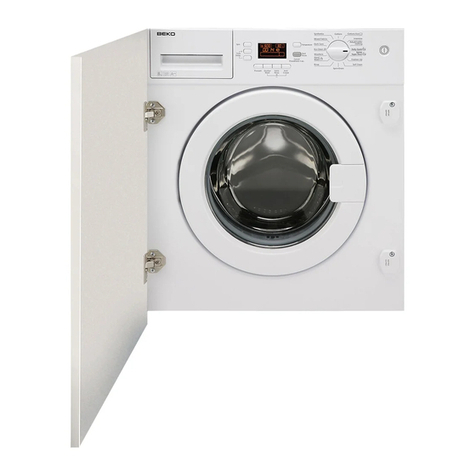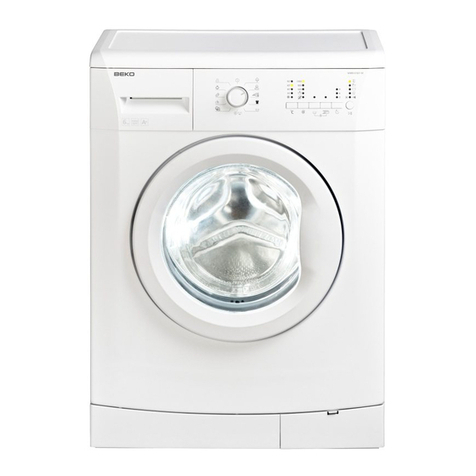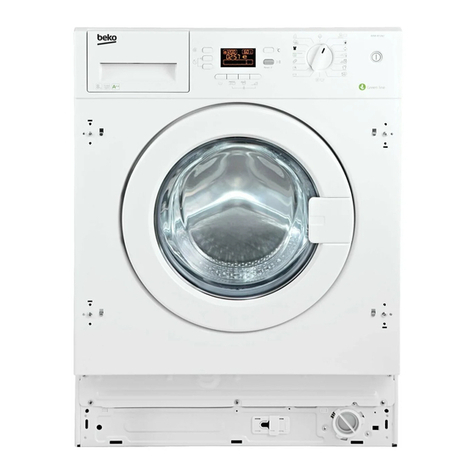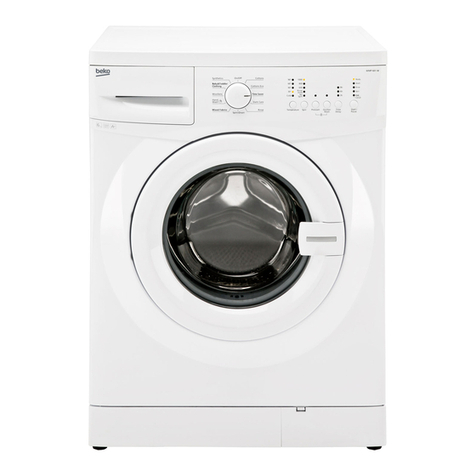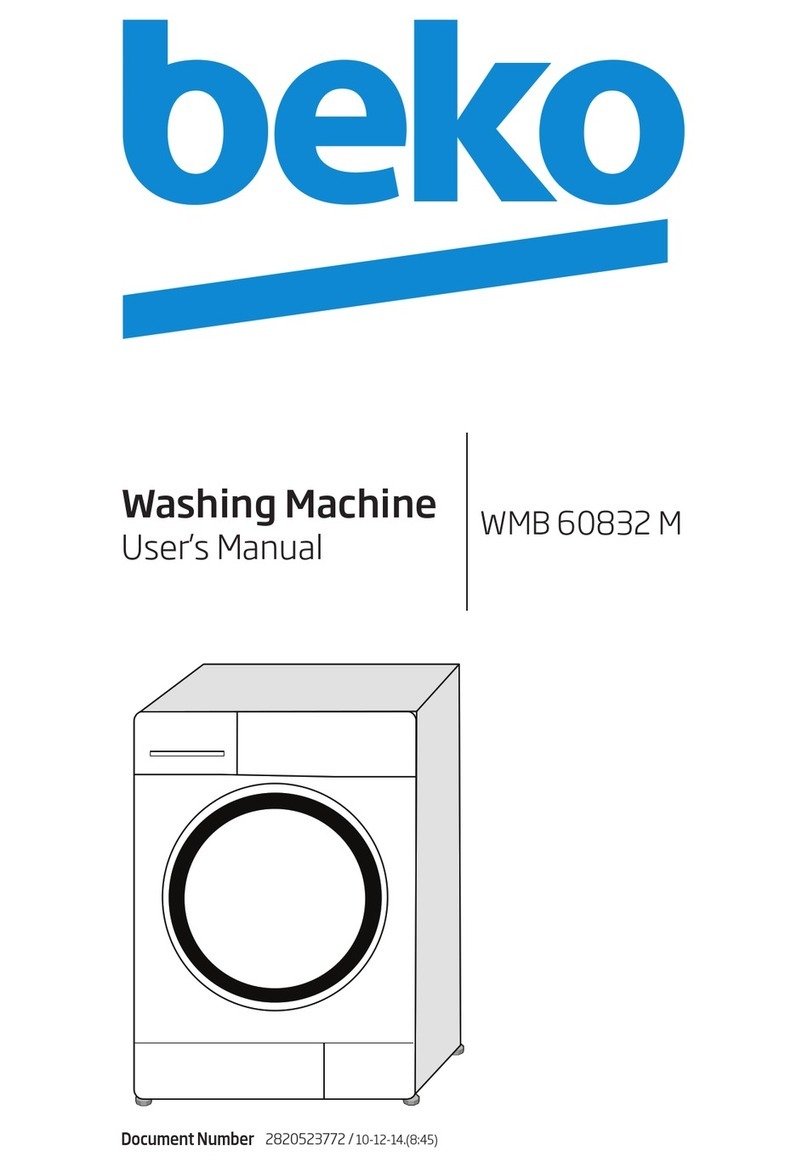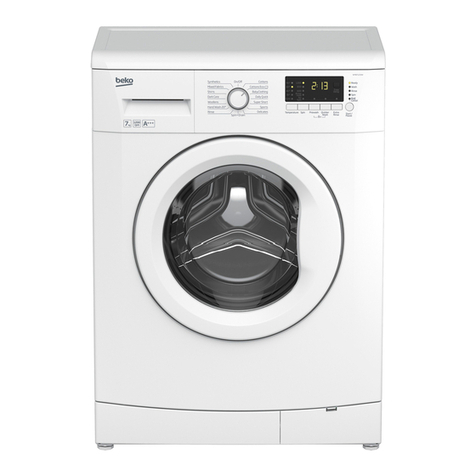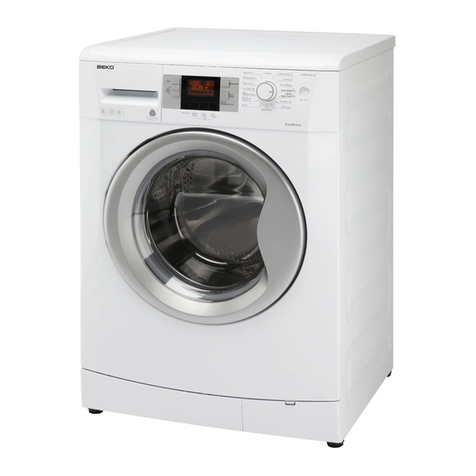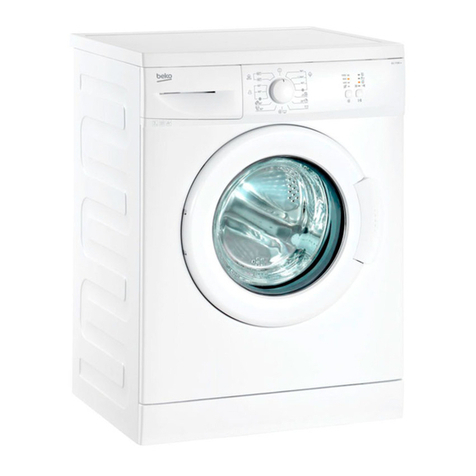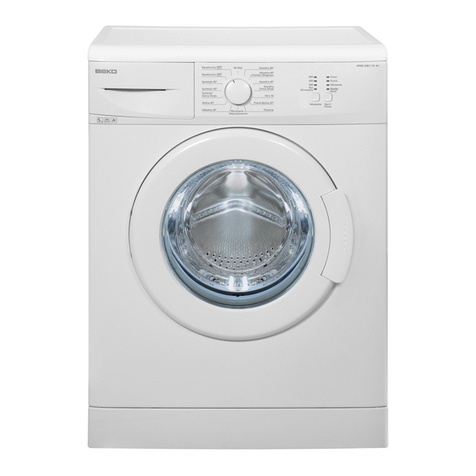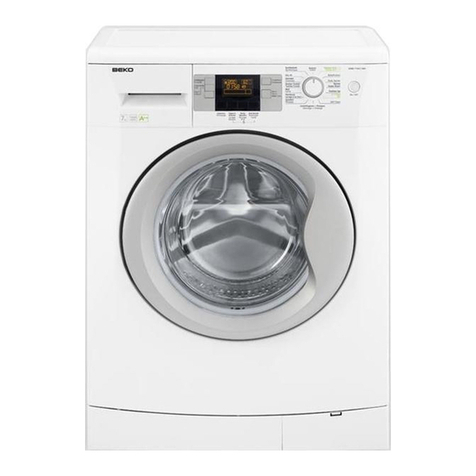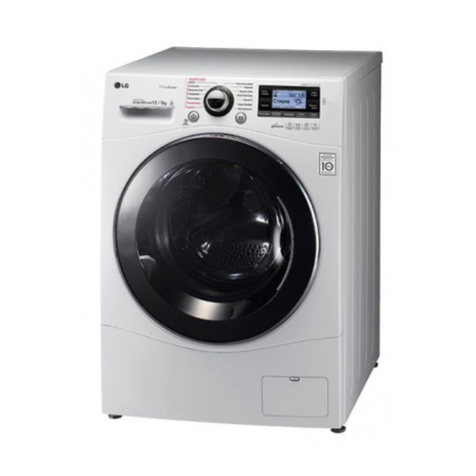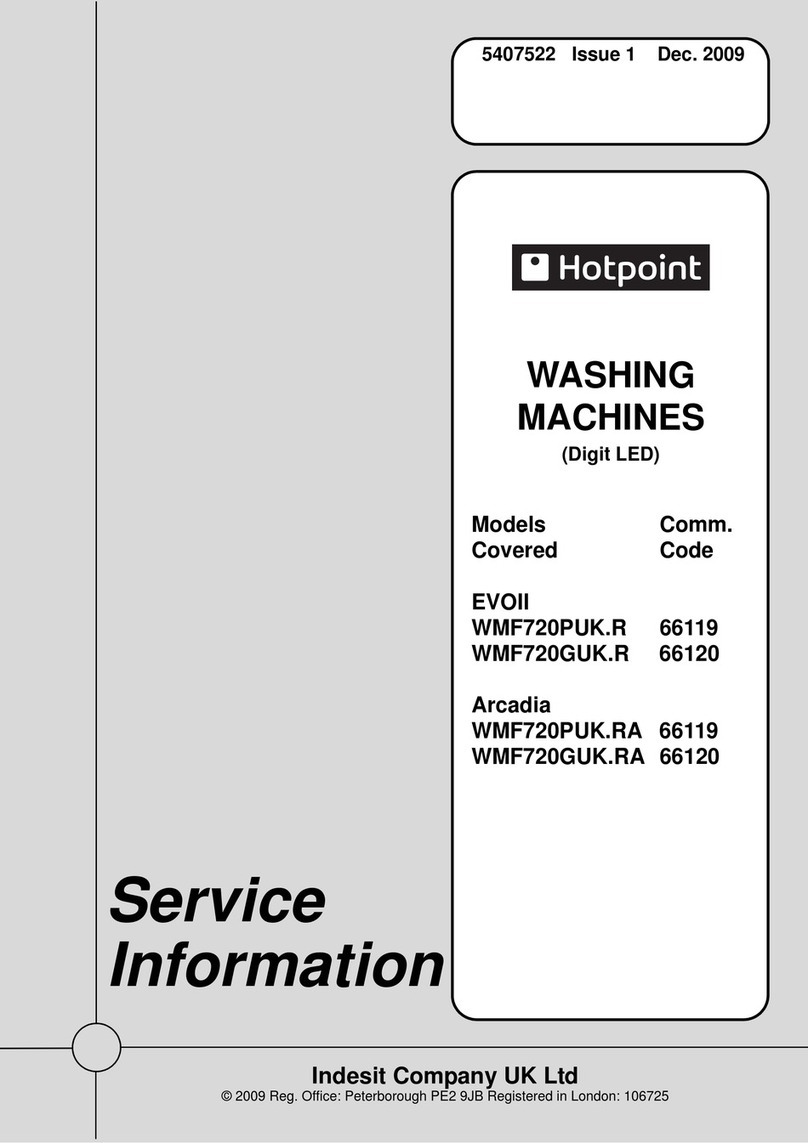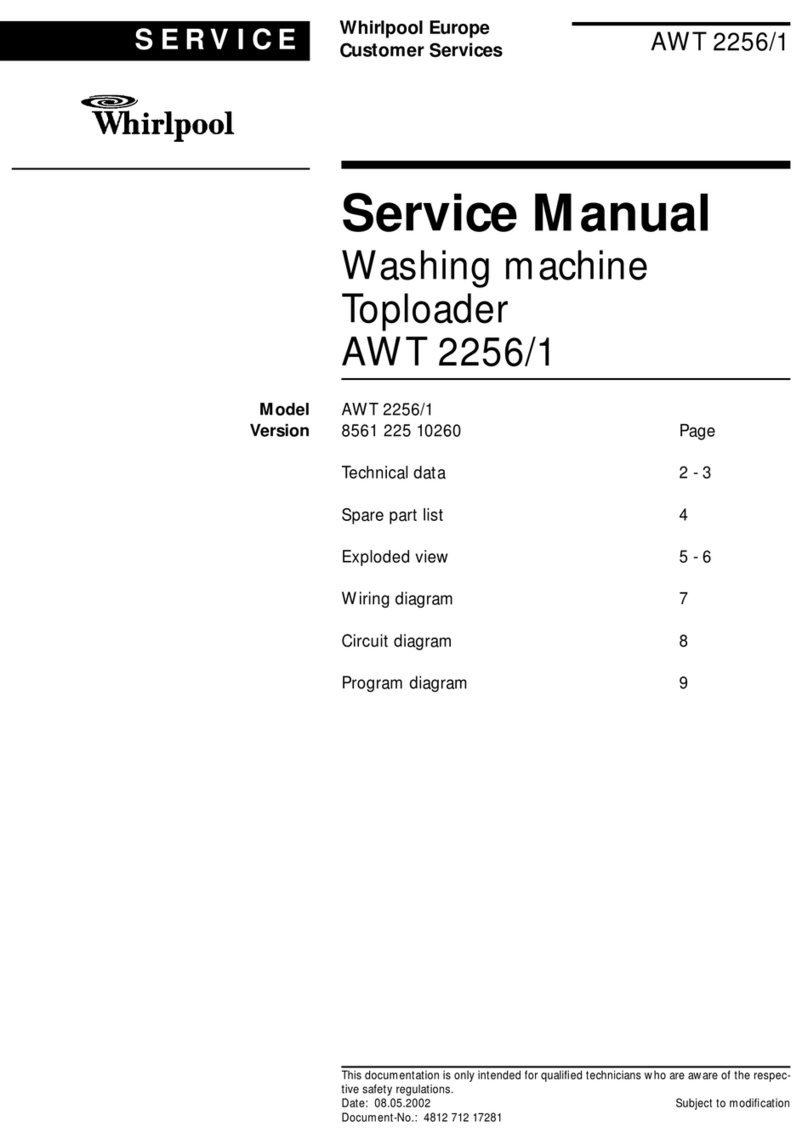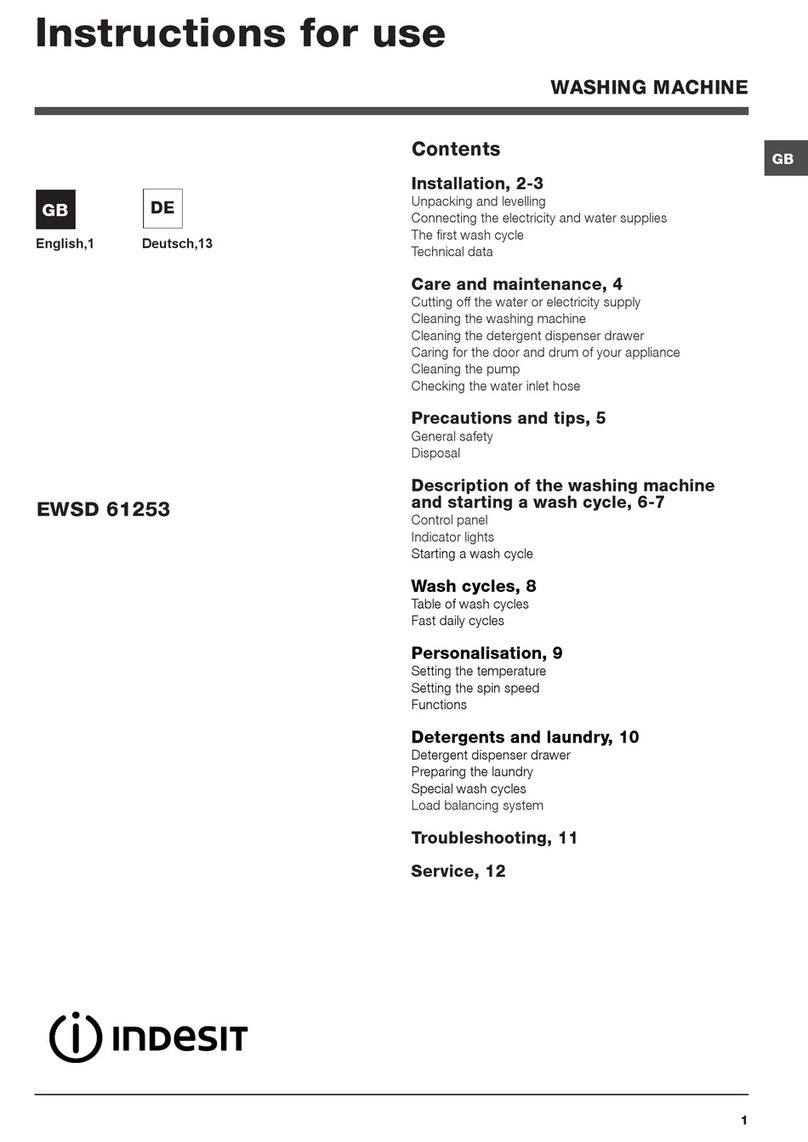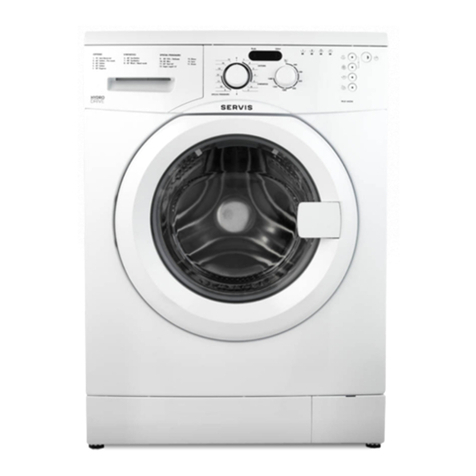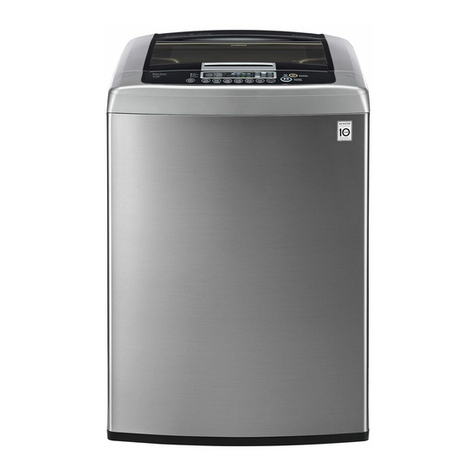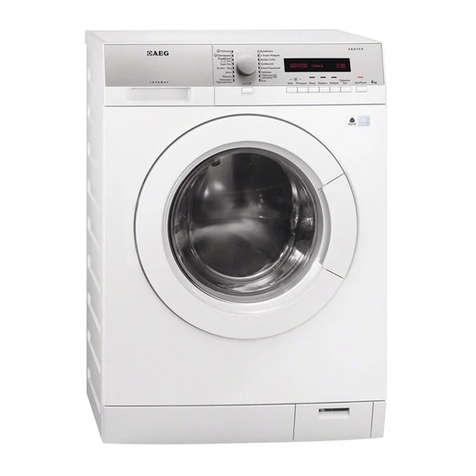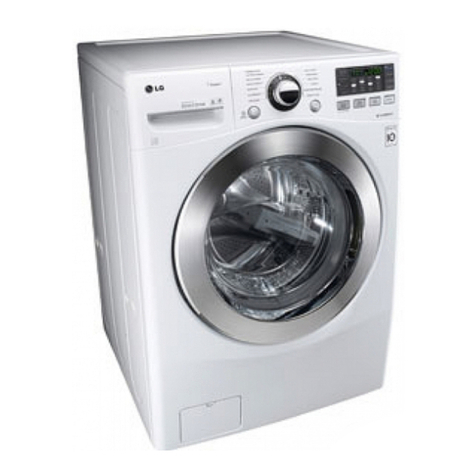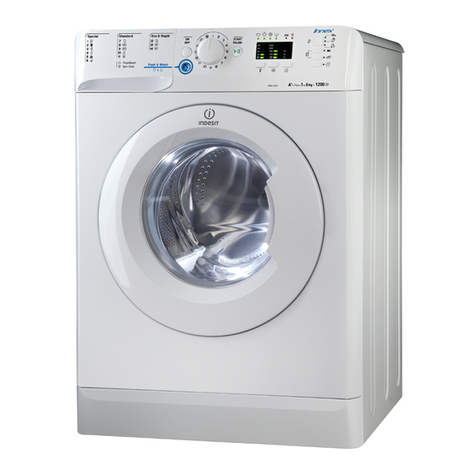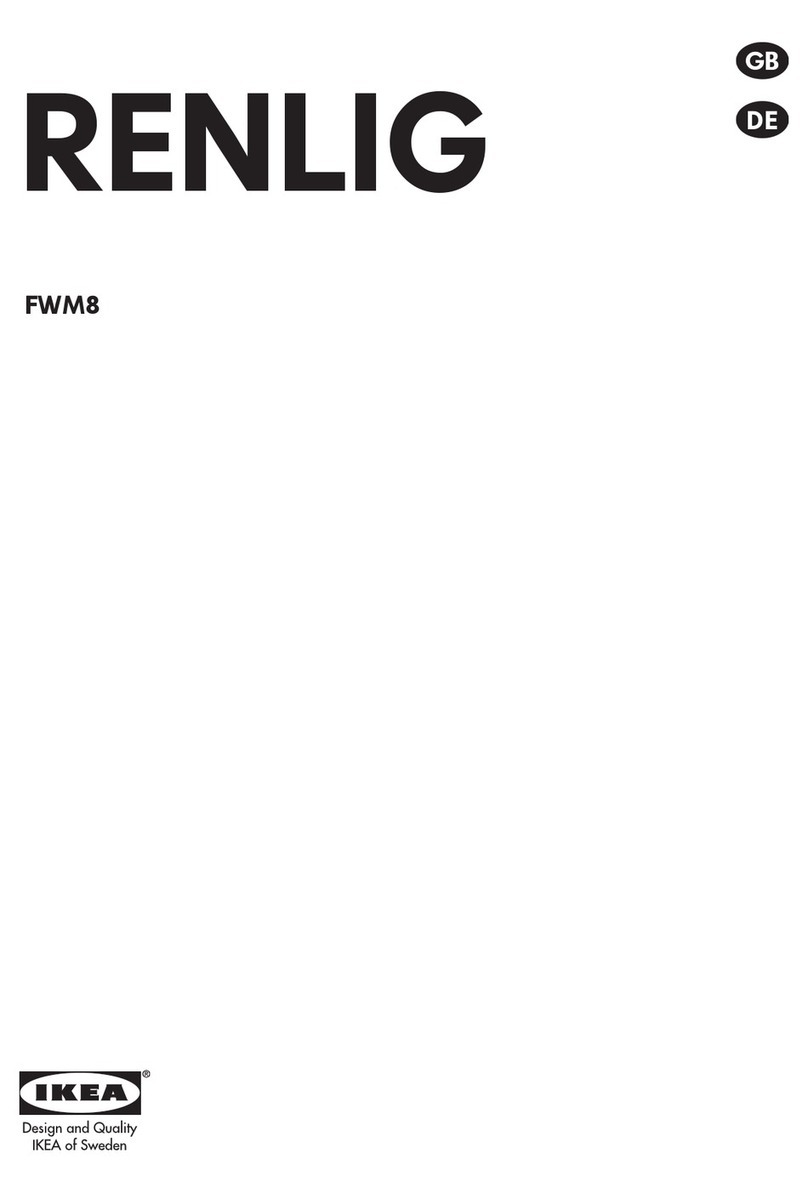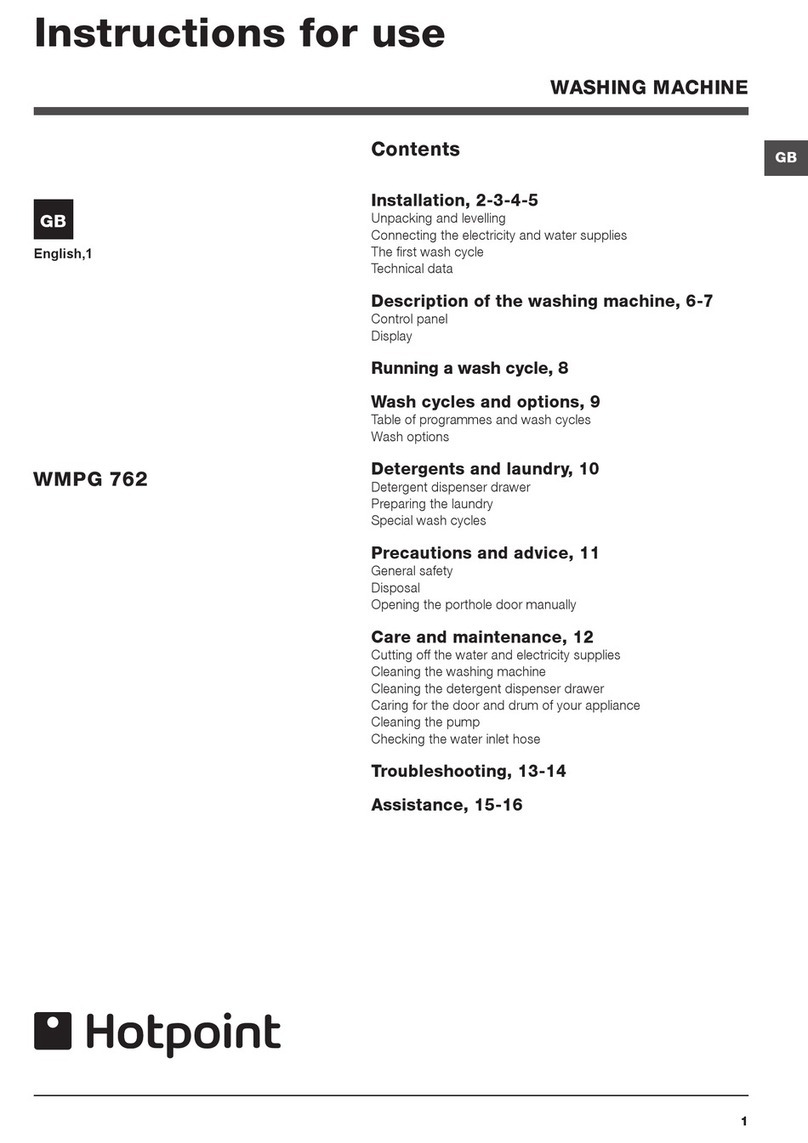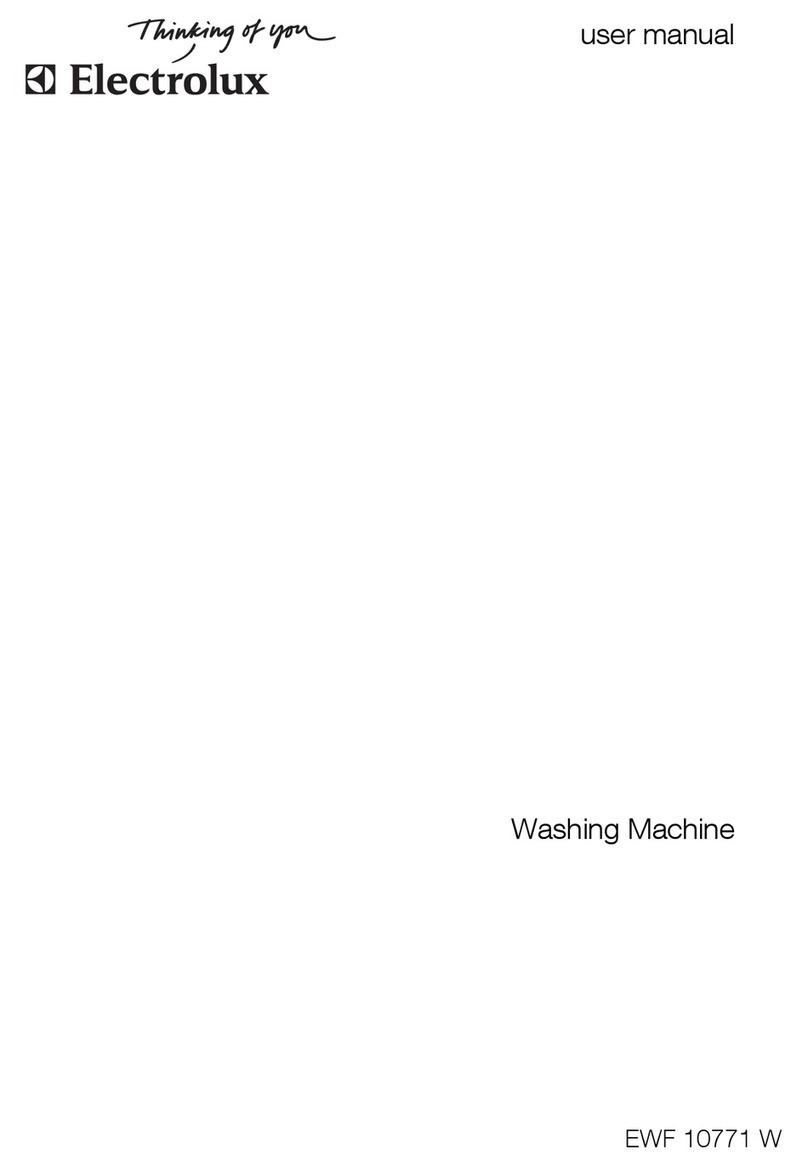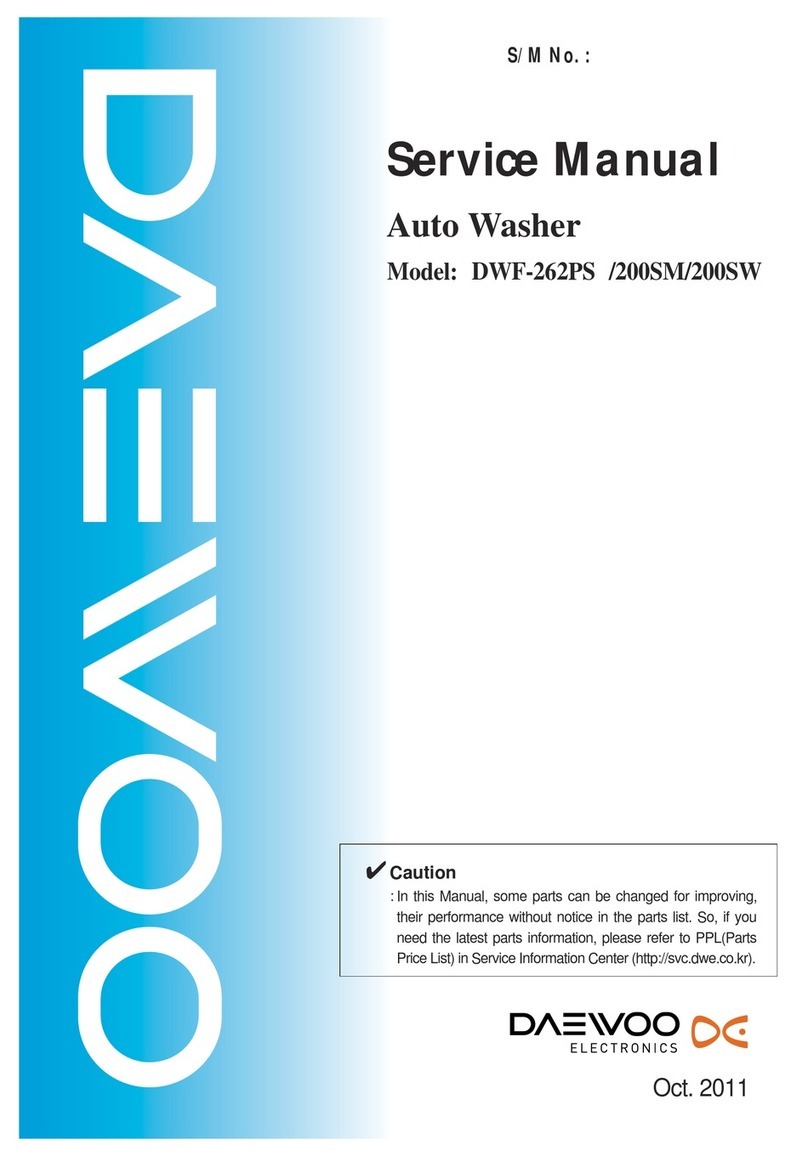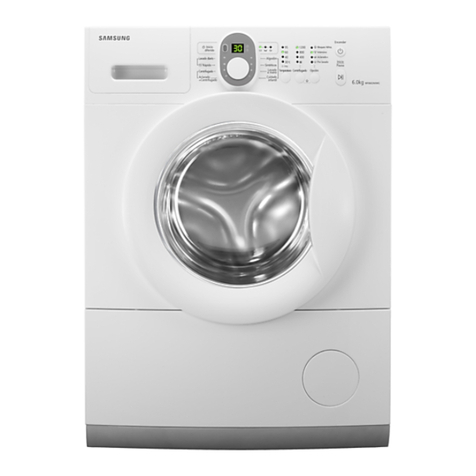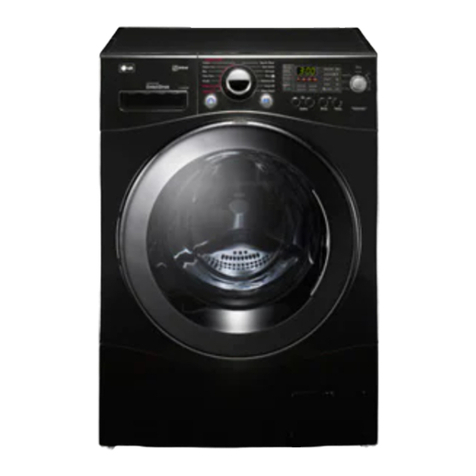
2 - EN
1 Important safety instructions
This section contains safety instructions that will
help protect from risk of personal injury or property
damage. Failure to follow these instructions shall
void any warranty.
General safety
• Thisproductshouldnotbeusedbypersons
with physical, sensory or mental disorders or
unlearned or inexperienced people (including
children)unlesstheyareattendedbyaperson
whowillberesponsiblefortheirsafetyorwho
will instruct them accordingly for use of the
product.
• Neverplacetheproductonacarpet-covered
floor;Otherwise,lackofairflowbeneaththe
machine will cause electrical parts to overheat.
Thiswillcauseproblemswithyourproduct.
• Donotoperatetheproductifthepowercable
/ plug is damaged. Call the Authorized Service
Agent.
• Haveaqualifiedelectricianconnecta
16-Ampere fuse to the installation location of
the product.
• Iftheproducthasafailure,itshouldnotbe
operatedunlessitisrepairedbytheAuthorized
Service Agent. There is the risk of electric
shock!
• Thisproductisdesignedtoresumeoperating
in the event of powering on after a power
interruption.Ifyouwishtocancelthe
programme, see "Cancelling the programme"
section.
• Connecttheproducttoagroundedoutlet
protectedbyafusecomplyingwiththevalues
inthe"Technicalspecifications"table.Donot
neglect to have the grounding installation made
byaqualifiedelectrician.Ourcompanyshall
notbeliableforanydamagesthatwillarise
when the product is used without grounding in
accordance with the local regulations.
• Thewatersupplyanddraininghosesmustbe
securely fastened and remain undamaged.
Otherwise, there is the risk of water leakage.
• Neveropentheloadingdoororremovethefilter
while there is still water in the drum. Otherwise,
risk of flooding and injury from hot water will
occur.
• Donotforceopenthelockedloadingdoor.
Theloadingdoorwillbereadytoopenjusta
few minutes after the washing cycle comes to
anend.Incaseofforcingtheloadingdoorto
open, the door and the lock mechanism may
get damaged.
• Unplugtheproductwhennotinuse.
• Neverwashtheproductbyspreadingor
pouring water onto it! There is the risk of electric
shock!
• Nevertouchtheplugwithwethands!Never
unplugbypullingonthecable,alwayspullout
bygrabbingtheplug.
• Usedetergents,softenersandsupplements
suitableforautomaticwashingmachinesonly.
• Followtheinstructionsonthetextiletagsand
on the detergent package.
• Theproductmustbeunpluggedduring
installation, maintenance, cleaning and repairing
procedures.
• Alwayshavetheinstallationandrepairing
procedurescarriedoutbytheAuthorized
ServiceAgent.Manufacturershallnotbe
heldliablefordamagesthatmayarisefrom
procedurescarriedoutbyunauthorized
persons.
Intended use
• Thisproducthasbeendesignedfordomestic
use.Itisnotsuitableforcommercialuseandit
mustnotbeusedoutofitsintendeduse.
• Theproductmustonlybeusedforwashing
and rinsing of laundry that are marked
accordingly.
• Themanufacturerwaivesanyresponsibility
arisen from incorrect usage or transportation.
Children's safety
• Electricalproductsaredangerousforthe
children. Keep children away from the product
whenitisinuse.Donotletthemtotamperwith
the product.
• Donotforgettoclosetheloadingdoorwhen
leaving the room where the product is located.
• Storealldetergentsandadditivesinasafe
place away from the reach of the children.
2 Installation
Refer to the nearest Authorised Service Agent for
installation of the product. To make the product
ready for use, review the information in the user
manual and make sure that the electricity, tap water
supply and water drainage systems are appropriate
beforecallingtheAuthorizedServiceAgent.Ifthey
arenot,callaqualifiedtechnicianandplumberto
have any necessary arrangements carried out.
CPreparation of the location and electrical, tap
water and waste water installations at the place
ofinstallationisundercustomer'sresponsibility.
BInstallationandelectricalconnectionsofthe
productmustbecarriedoutbytheAuthorized
ServiceAgent.Manufacturershallnotbe
heldliablefordamagesthatmayarisefrom
procedurescarriedoutbyunauthorized
persons.
APrior to installation, visually check if the product
hasanydefectsonit.Ifso,donothaveit
installed.Damagedproductscauserisksfor
your safety.
CMake sure that the water inlet and discharge
hosesaswellasthepowercablearenot
folded, pinched or crushed while pushing
the product into its place after installation or
cleaning procedures.
Appropriate installation location
• Placethemachineonarigidfloor.Donotplace
it on a long pile rug or similar surfaces.
• Totalweightofthewashingmachineandthe
dryer -with full load- when they are placed
on top of each other reaches to approx. 180
